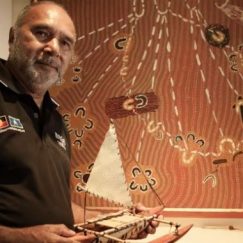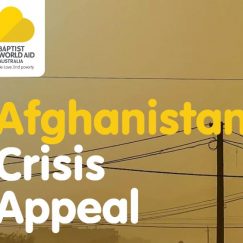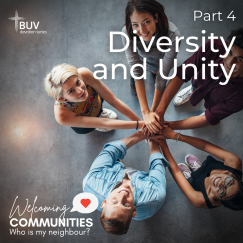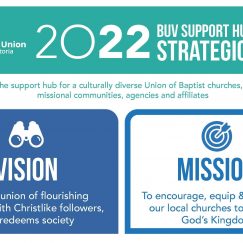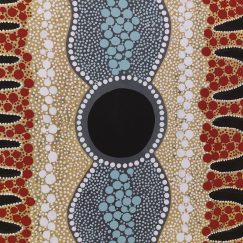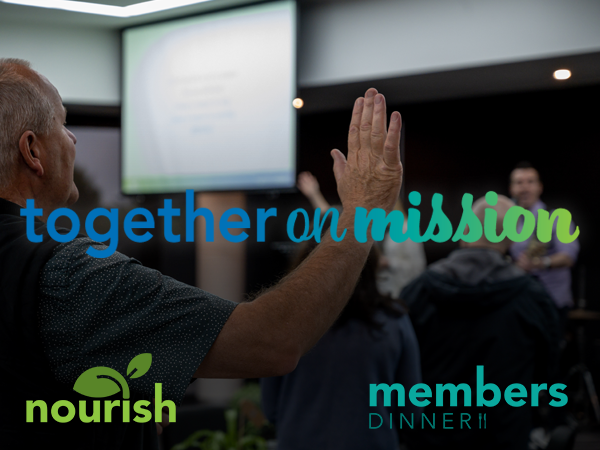15th February 2018
The Impact of Multicultural Church Models – Children & Youth
by Rev Meewon Yang BUV Multicultural Consultant

Australia’s multiculturalism can be defined as ‘a stance which affirms the value of diverse cultures coexisting creatively in one community’ (Loader 1992:13).
It implies more than a simple peaceful co-existence. In the church contexts examined here it essentially refers to intentional efforts to engage together with another community, open to whatever new developments this might entail.
Cross-cultural mission and multicultural ministry in the BUV began after the Second World War with the arrival of migrants· from Eastern European countries. Later, churches have formed from the Latin Americas, Middle East countries, South East Asia and other Asia generally. Recently migrants from Burma and Africa have also arrived (Langmead and Yang 2006:121-130). Today, some migrant ethnic churches remain as separate monocultural structures. Many migrant congregations are nested, with the initiative of church leaders, in Anglo-Australian churches. There has been generous practical support from host churches for refugees who worship in their church buildings, leading in places to developing friendships with AngloAustralian congregations. A few churches have developed a structural partnership and remain as two identified separate congregations, while others are moving towards being an integrated multicultural church (124-125).
These churches face a number of challenges arising from the transition from first to second generation migrants. Those born in Australia are more ‘Australianised’ than their parents, as they have been educated in Australian schools. They do not speak the language of their parents’ origin correctly, nor do they follow many of their parents’ preferred ways of doing things. Therefore, the second generation finds it difficult to fit into the congregation and community of their parents. They are powerless in their parents’ churches and· do not have a voice because they have to follow and respect the established tradition and leadership. This leadership is often conservative, hierarchical and patriarchal, and the second generation feel they do not fit, do not belong and do not have a place. However, they do not often speak up because this would embarrass or otherwise reflect badly on their parents.
The second generation have fewer friends in their monocultural church than their parents; they have more friends in their wider local community than their parents. Even if they do not conform to their parents’ church practices and traditions, they are very aware of them and significantly affected by them. The second generation have considerable understanding of both the migrant experience of their parents and of Australian culture, and can appreciate other people’s struggles to settle, adapt and belong. The second generation may be lost to the church. We are seeing a large “silent exodus” of this generation as many simply slip out the “back door”. Rather than trying to impose their own second generation identity, many choose rebellion and flight. Some who leave may go to an English speaking church, ????ut if their parents do not affirm them in this move, then they are more likely to not go to any church at all.
The tensions evident in the transition from the first to the second generation give rise to the question: which model of multicultural church will best serve second generation migrants?
This research uncovers the shape of different types of multicultural churches, dividing them into 4 basic models, and offers a critique of the strengths, weaknesses and learnings from each. Churches in each of the 4 models are on the journey to an understanding of becoming multicultural, although this can mean at least three different things: (1) A plurality of monocultures; (2) a healthy interaction between essentially different cultures; and (3) a spectrum of intercultural experiences between first and third generation migrants.
A key conclusion from this work was the evidence that where the church leadership has a clear vision for the integration of young people and education for first generation parents, there are many examples of successful partnership. In relation to the experiences and challenges faced by the second generation, multicultural churches need to be inclusive in the life of their church, and intentional in building a vital church community as a place of embracing the other. Such multiculturalism shapes both the migrant ethnic churches and the Australian churches as they struggle with how to express intentionally that the kingdom of God is both inclusive and diverse in its unity.
Read the full paper, The Impact of Multicultural Church Models on Ministry and Mission to Children and Youth, here


